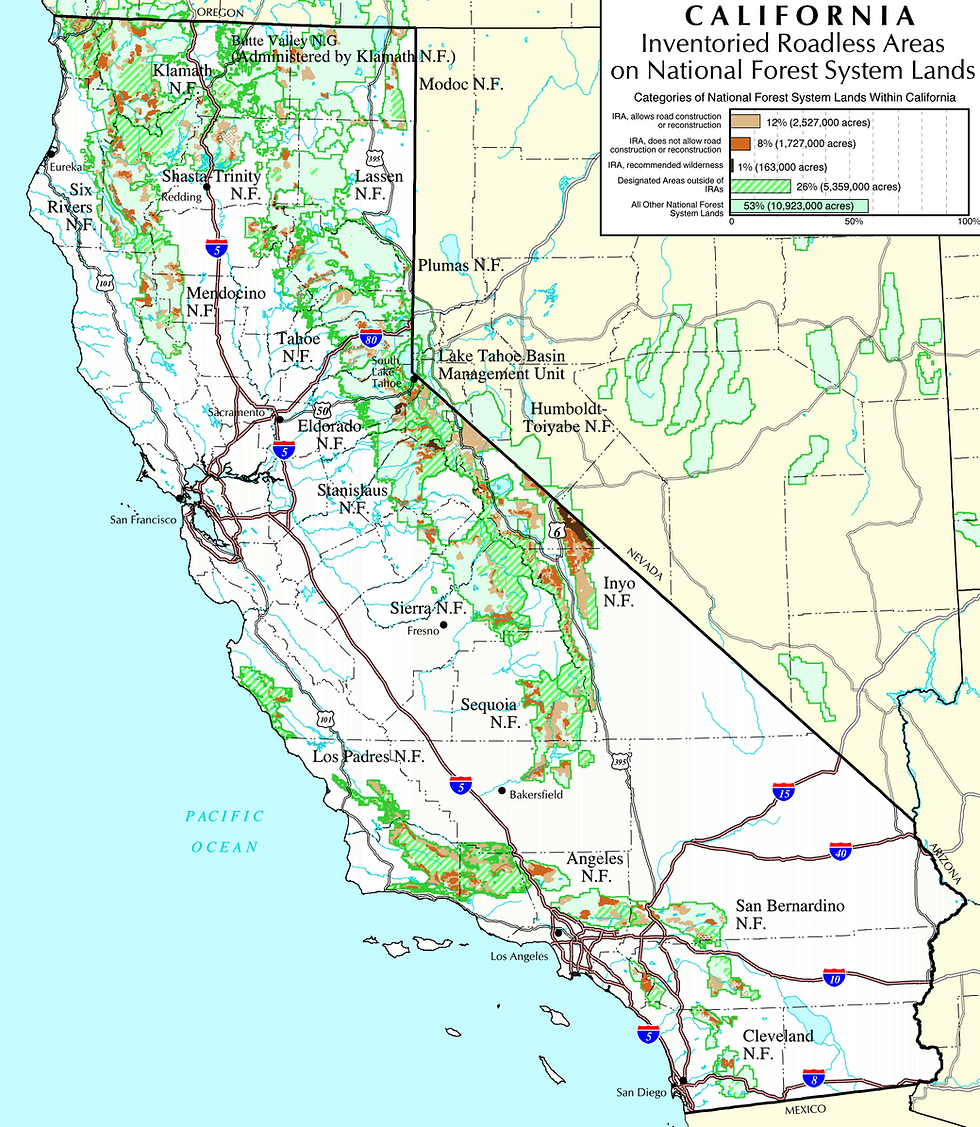Attend Eureka Meeting for Northwest Training Range Complex!
- Dec 14, 2010
- 3 min read
Please show your concern for the health of our ocean by attending Navy meetings.
US Navy Representatives will hold two public meetings regarding the Northwest Training Range Complex (NWTRC):
Wednesday, December 15 from 5-7pm at the Wharfinger Building: 1 Marina Way in Eureka, and on
Thursday, December 16, from 5-7pm, and at Pentecost Hall: 822 Stewart Street in Fort Bragg.
The Navy will provide information to the community and answer questions regarding the NWTRC. The project includes ranges, operating areas, and airspace that extend west to 250 nautical miles from the coast of Washington, Oregon, northern California and to the east just beyond the Washington/Idaho border. (See map above for visual of all Navy Training Range Complexes). According to the Record of Decision (ROD) as released on 10/25/10 by the Department of the Navy, the preferred Alternative will consist of “training activities of the types currently conducted will be increased and range enhancements will be implemented, to include new electronic combat threat simulators/targets, development of a small scale underwater training minefield, development of a Portable Undersa Tracking Range, and development of air and surface target services.”
The Navy’s environmental review estimated that active sonar exposure will disrupt behavioral patterns of about 129,000 marine mammals each year. In November the National Oceanic Atmospheric Administration (NOAA) issued a take permit to the navy, which will allow the Navy to harm the mammals during their war games.
According to the Navy’s October 25, 2010 ROD, “Behavioral effects modeling for underwater detonations indicate 262 annual exposures for Alternative 2 that exceed the energy flux density threshold and potentially result in behavioral harassment. The modeling indicates 197 annual exposures under Alternative 2 from underwater detonations that could result in TTS (Level B Harassment). The modeling indicates 12 annual exposures under Alternative 2 to pressures from underwater detonations that could cause slight injury (Level A harassment) and one annual exposure under Alternative 2 that could cause severe injury.”
A huge concern with this proposed project is that there are 21 federally listed species known to occur within the NWTRC, including whales, sea turtles, salmon, sea otters, and others could be affected by the navy’s use of bombs, sonar, vessel movement, aircraft overflight and the dispersal of toxic chemicals used in warfare activities.
It is clear that sonar is extremely dangerous to marine mammals such as whales, dolphins and porpoises because these animals rely on their own sonar for food, navigation, mating and when high frequency sonar like the Navy is proposing to use reaches these mammals, they can be severly affected. Sonar has a huge impact on marine life anything from frying fish eggs, disorienting marine mammals causing them to be stranded, to permanently damaging their ears or causing them to surface too quickly which can cause internal hemoraging. Additionally, underwater explosions and mining fields, which are being proposed would result in instant death for these creatures.
The Navy’s ROD says “the Final EIS/OEIS concluded that the information (i.e., variable and context specific behavioral responses, as well as causal factors of marine mammal stranding events associated with MFA sonar) necessary to assess behavioral effects on each species from exposure to MFA and HFA sonar is not yet complete due to the lack of empirical data…The present unavailability of such information is relevant to the ability to develop species-specific behavioral effects criteria. The science of understanding the effects of sound on marine mammals is dynamic…”
“A highly trained Navy, transparency regarding planned activities off our coast, and the protection of marine life are not mutually exclusive” said Thompson.
Spanning from the western United States/Canadian Boarder, south to the Humboldt/Mendocino County boarder the NWTRC is just one of the areas proposed for warfare training operations. Similar complexes exist offshore from Alaska, Hawaii, the Gulf of Mexico, the Southwestern coast and the East Coast, and the Channel Islands (see map above).
Click here to read previous blog, which includes additional information and links to take action.





Comments